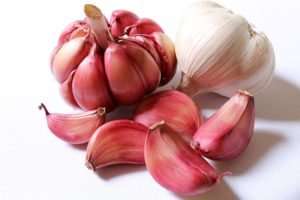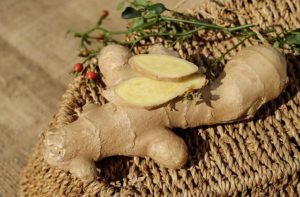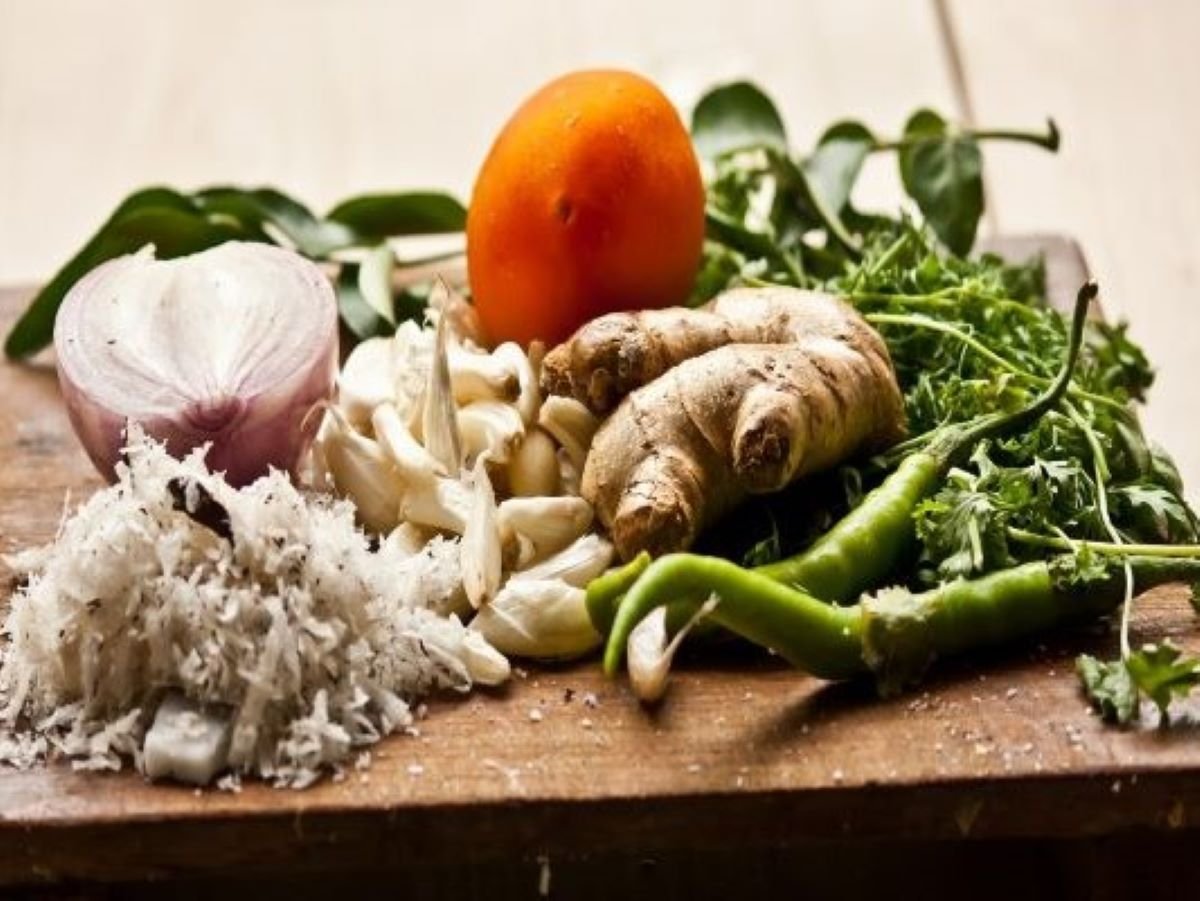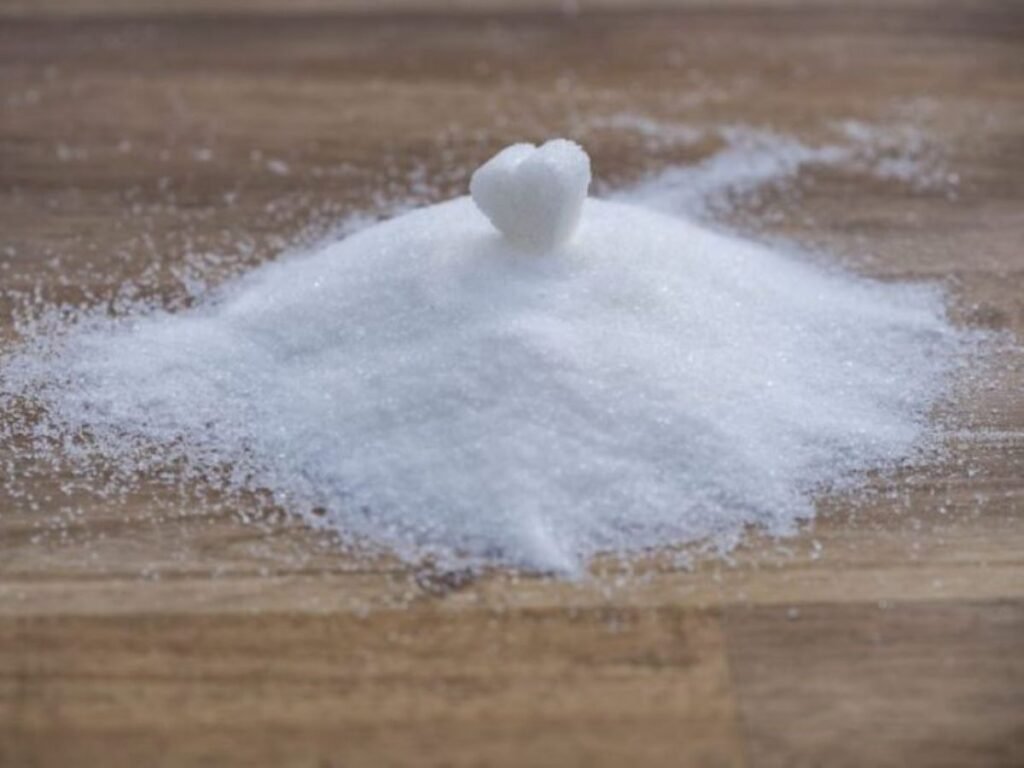This post may contain affiliate links. Please read my disclaimer for more information.
I have always subscribed to the notion that the cure to all that ails us lies within the foods we eat. After all, most medicines originate from compounds found in nature including but not limited to plants, trees, fungus, roots, fruits, and vegetables.
Given the high cost of pharmaceuticals for a myriad of modern diseases like diabetes, hypertension, arthritis, etc., I believe it is much better to prevent the onset of disease by eating a diet that includes food that offset or prevent disease. I invite you to join me in letting food be your medicine. You’d be surprised by all the benefits to be had by the food you took for granted or mere flavor. First up!
Green Peas

Green peas? I can hear almost hear your puzzlement. How beneficial can the lowly green pea be? Let me assure you that the green pea contains some of the most powerful anti-cancer compounds found in any other food. According to scientific research available from the National Institutes of Health (NIH), P. Sativum (green pea) has some incredibly powerful phytochemicals with the following properties:
- Anti-bacterial
- Anti-cancer
- Anti-diabetic
- Anti-Fungal
- Anti-Inflammatory
- Anti-Lipidemic (reduces lipids in the blood)
- Anti-Oxidant
I admit I was astonished by the discovery that green peas were such a powerful weapon against so many diseases. As a matter of fact, all members of the Fabaceae family or legumes (beans, grains, and peas, alfalfa, carob, clover, copaifera, fenugreek, indigo, lentil, licorice, lupin, mesquite, natto, soybean, peanut, rosewood, and tamarind) contain dynamic nutritional profiles containing:
- Low fat
- High protein
- High fiber
- Various micronutrients and phytochemical substances that show medicinal (especially anti-cancer) properties
Green peas are easy to prepare and may be eaten raw or cooked. There are tons of great recipes available online for peas and other legumes. Include them in your diet to help reduce the risk of serious disease including breast, colorectal and endometrial cancers.
Click here to find out more about the wonderful medicinal properties of legumes. Next up!
Garlic

I’m sure you’re not surprised to see garlic on this list of medicinal foods because many a home remedy contains this pungent bulb. If you look up natural cures for ailments such as the common cold, garlic will show up at the top of the list. The question remains, are there any medicinal properties in garlic?
Several studies have shown that various compounds in garlic may have health benefits such as the prevention and treatment of cardiovascular diseases through garlic’s phytochemical compounds that:
- Lower blood pressure
- Prevent atherosclerosis
- Reduce serum cholesterol and triglycerides
- Inhibit platelet aggregation
Garlic has also been shown to have the following therapeutic properties:
- Anti-Diabetic
- Anti-viral
- Antioxidant
- Anti-microbial
- Anti-fungal
To be sure, many of the studies on garlic have been small but its effects on the prevention or reduction of various diseases are undeniable.
We use garlic mainly for its unique flavor profile, but this seasoning is a nutritional powerhouse that we should include more in our diets. Easier said than done as garlic is rather pungent! Luckily for us, there are tons of garlic supplements available making it infinitely easier for us to up our intake of this important food.
Ginger

If you’ve ever used ginger ale to help with nausea or an upset stomach then you already know of the medicinal powers of ginger. Ginger is a plant with a rhizome or root system that is used throughout the world as a cooking spice as well as for folk medicine.
Ginger is closely related to other spices like turmeric, cardamom, and galangal and can be found in the spice aisle or produce section of any supermarket. You can get ginger in powdered, paste or candied form as well as just the actual root for use in any cooking application, but what about its medicinal properties? Does ginger contain any?
According to scientific research, ginger contains hundreds of bioactive compounds and metabolites that accumulate in the gastrointestinal tract. This may explain why ginger is very useful as an anti-nausea agent that is used to ease vomiting and nausea associated with chemotherapy, pregnancy, some types of surgery, or seasickness.
There is also some evidence that ginger’s bioactive metabolites and compounds may help alleviate certain conditions and may provide certain benefits including its use as an:
- Anti-inflammation
- Antioxidant
- Colon cancer inhibitor
Although most of ginger’s benefits are observed when used to treat gastrointestinal distress, its compounds may be more beneficial when combined with other foods. This quote from Herbal Medicine, 2nd edition sums it up well:
“Gingerol or other ginger components might require inter-reactivity or dependency on other components in the whole food source to exert their positive effects.”
In other words, use ginger with other natural foods that work synergistically to help your body prevent or fight disease. Next up and last but not least…
Turmeric

Turmeric, like ginger, is a rhizome of the Zingiberaceae family that originated in India and Southeast Asia and is used as a spice in a lot of the world’s cuisine including my native Caribbean. Turmeric is available either as a fresh root that must be peeled, chopped or grated before use or as a brightly colored powder. Turmeric is what gives curry powder its easily recognized bright yellow-orange color.
Turmeric contains several bioactive phytochemical compounds called curcuminoids that are recognized as therapeutic by practitioners of Ayurvedic medicine. Curcumin is the main curcuminoid that is believed to be the source of turmeric’s medicinal properties that may help guard against disease. Some of turmeric’s properties include:
- Anti-inflammatory
- Antioxidant
- Antidepressant
- Boosts brain-derived neurotrophic factors (growth hormones that help delay brain deterioration and improve function)
- Improves cardiovascular health by protecting endothelial (lining of blood vessels) function
The curcuminoids in turmeric, when activated with piperine (black pepper) make a potent remedy for joint pain and arthritis. I know this for a fact because I experience relief from joint pain in my shoulders and knees whenever I take turmeric tea. After taking turmeric-piperine-infused tea I can feel the relief cascade throughout my body, so I know that this home remedy works!
Final Thoughts on Food As Medicine
All the foods listed in this article have roots in the traditional medicinal practices of several cultures including but not limited to Ayurvedic Indian Medicine and Traditional Chinese Medicine (TCM). They have all undergone scientific studies, both small and large with outcomes that demonstrate that they all have medically beneficial bioactive compounds.
Nature has provided us with a bounty of healing, bioactive phytochemicals conveniently wrapped in delicious packages. When we incorporate these and other foods into our diets, their macro and micronutrients work synergistically to help us thrive.
There is no telling where or how a disease may strike any of us, but ultimately it is our responsibility to mitigate and prevent it whenever we can by letting food be our medicine.
Do you eat these foods? Do you have any home remedies using ginger, garlic or turmeric? Let us know in the comments. Until next time: Happy Eating!






Got to admit I am surprised to see how awesome and beneficial Green Peas are, a very welcome surprise. If you research Pineapple, you might be surprised just how many nutrients are packed into that exotic tasting fruit! I call it a superfood!.
I often wonder why fasting is so effective for helping with illness, perhaps helping to remove toxins that are in food these days and in sense, creating an environment that is not feeding the disease.
Hi Derek,
Yep pineapples are a superfood but they’re mostly gmo these days, so I avoid them. As for IF, it has many benefits because it gives the body a rest from digestion so it can tend to other things like cleaning up old cells and recycling them. It’s also great for weight loss. This is why I believe combining IF with a diet of good food to be beneficial for our health.
Cheers,
Dawn
Hi Dawn,
In reading your article, I am familiar with the benefit of garlic, turmeric and ginger. Peas, which I don’t care for, have some very powerful benefits as well that I knew nothing about. Instead of passing them up in the store or on the salad bar, I’m going to start adding them to my salads that I make at home and the same for when I’m eating out. Thank you for information that I can use moving forward
-Stori
Hi Stori,
What a lovely name! Thank you for commenting. Yep, a lot of folks, me included, don’t care for peas but as they’re such a powerful superfood, I find ways to make them more palatable in dishes I use them in. Remember that there are lots of other legumes of the same family that carry the same anti-cancer benefits, so don’t just limit yourself to peas.
Cheers,
Dawn